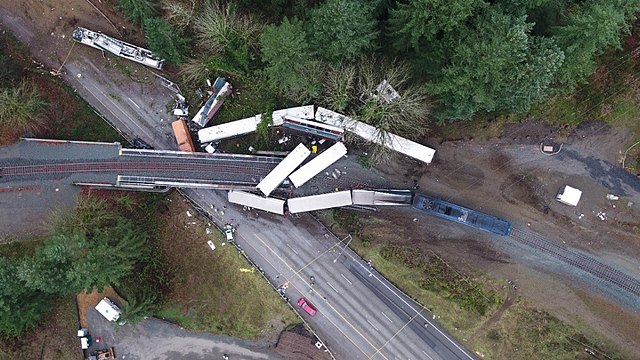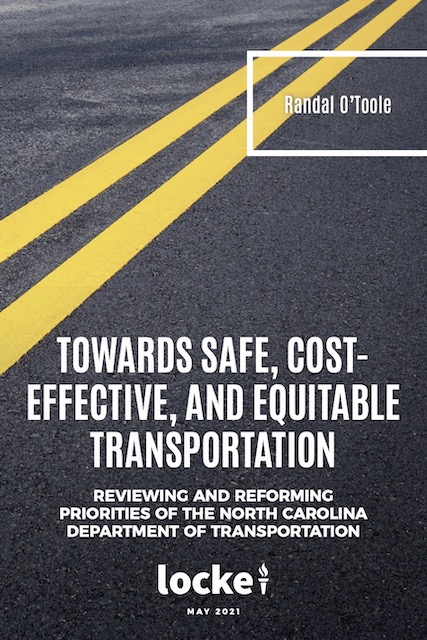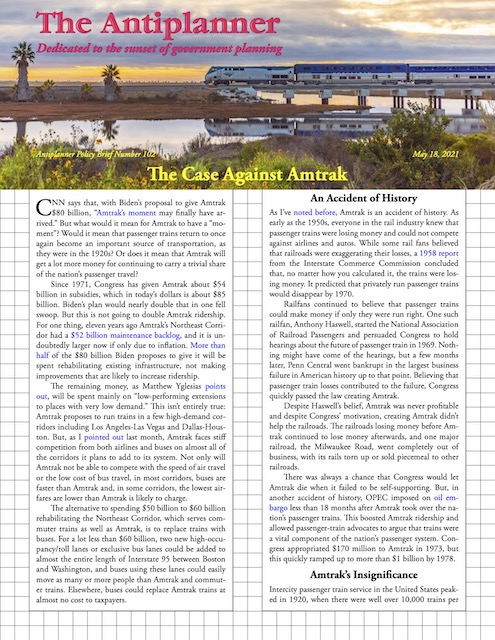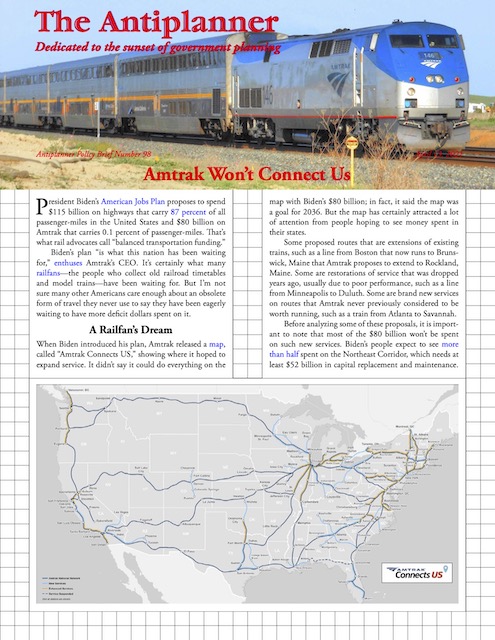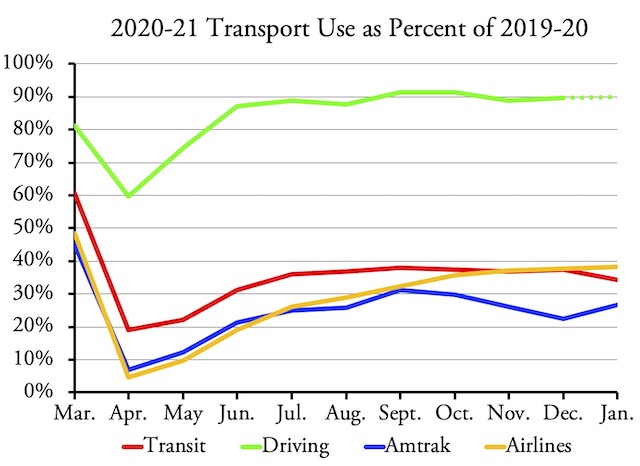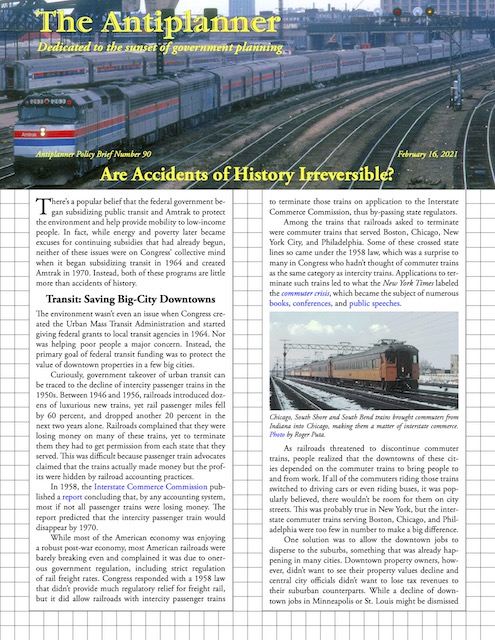Three-and-one-half years ago, the first Amtrak train over a new, shorter route between Seattle and Portland crashed and killed three passengers. Now Steven Brown, the engineer who went 80 miles per hour around a 30-mph curve, wants to be reinstated, saying the accident was Amtrak’s fault, not his.
It was Amtrak’s fault because, he admits, he was inexperienced with the route (having made “only” three practice runs and seven to ten observational runs) and had never run that model of locomotive before. Given this lack of experience, he says, Amtrak never should have assigned him the train. Of course, as it was a brand-new route, all of Amtrak’s engineers were equally inexperienced with the terrain, and he was given the job because he had scored 100 percent on a written exam for the route. Continue reading

